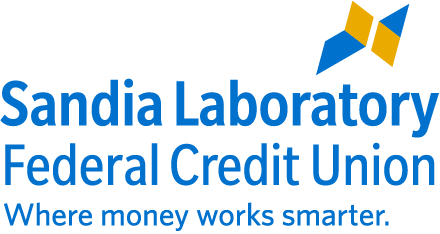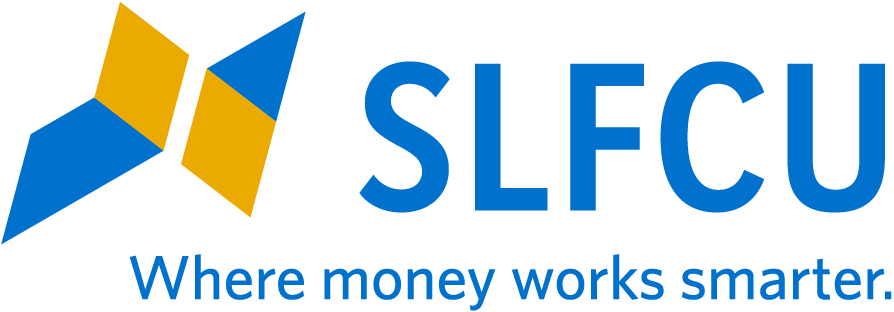Using Allowance as a Financial Tool
An allowance can have an impact throughout a young person’s life by teaching basic financial knowledge and encouraging financial responsibility. Here are some common approaches that some families take towards allowance.
TYING ALLOWANCE TO CHORES/GOOD GRADES/BEHAVIOR
This approach rewards children for doing chores and putting effort into their schoolwork. The main benefit of this approach is it teaches the concept of having to work as an adult to gain financial reward. However, some parents opt not to take this approach since there are some things in life (like chores or errands) that people must do even though they do not get paid for it. In addition, parents must consider how they will handle the situation if their children would rather skip chores than earn an allowance.
ALLOWANCE TO HELP TEACH BUDGETING
Under this system, children are given a flat dollar amount each week or month and must manage it so that they can purchase the non-essential items they want, such as candy, a toy, a special pair of shoes, or a video game. Higher-priced items would require the child to save his/her allowance for successive weeks or months. The reward of purchasing what they want can instill positive savings habits as well as making them aware of what things actually cost.
NO ALLOWANCE
Some parents choose not to give their children an allowance at all, but rather, pay for necessities and then handle requests for non-essential items on a case-by-case basis. This approach encourages children to put some thought into why they want something and how it would impact their day-to-day life.
FINANCIAL LITERACY FOR YOUR CHILD
If you decide to give an allowance, think about how to encourage children to manage that money. Consider your family values and priorities. For example, you may want to encourage your child to save a portion in his/her SLFCU account, donate a portion to charity, and use a portion to spend. You can also involve your child in day-to-day financial tasks like budgeting for groceries or purchasing movie tickets and popcorn so they start to develop a sense of what things cost when their parents aren’t paying for them.
Go to main navigation


